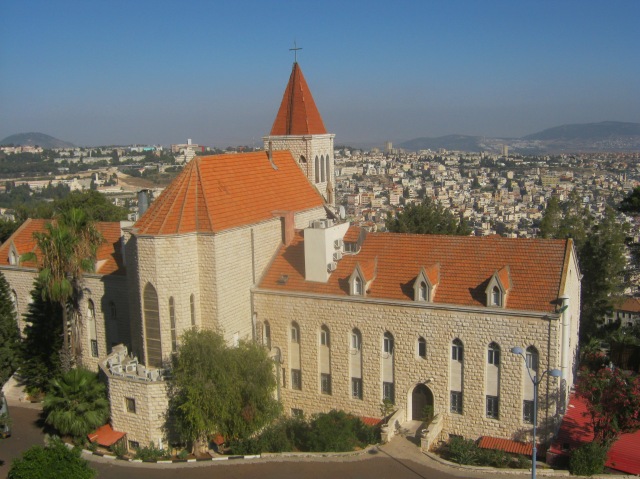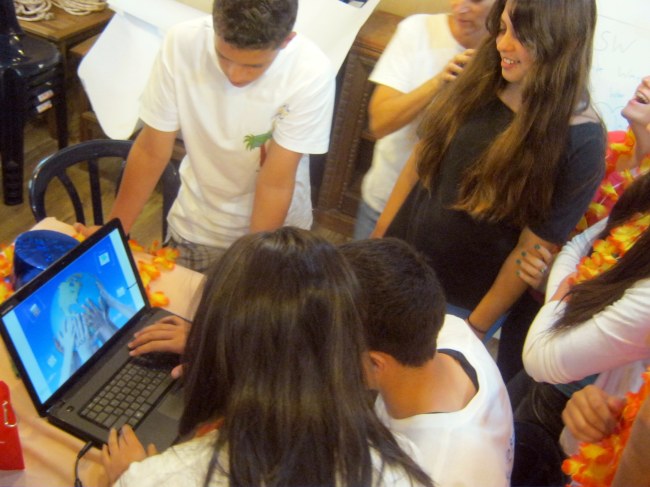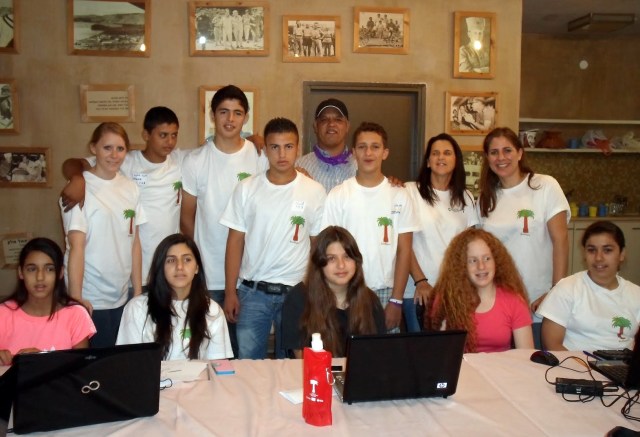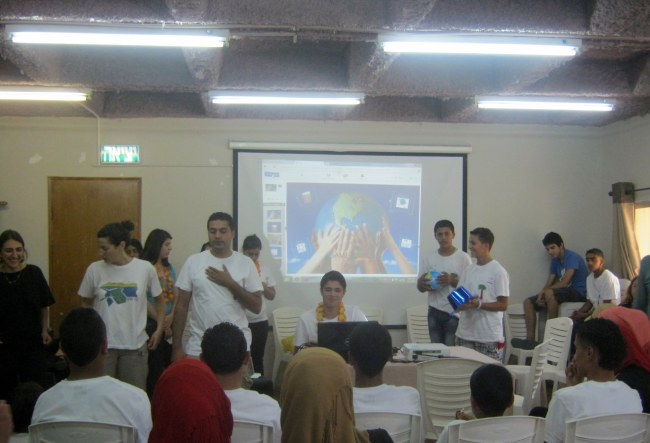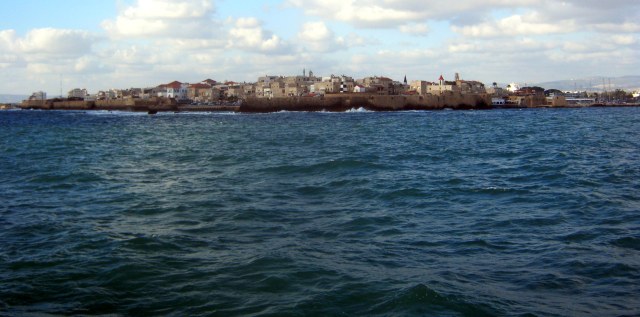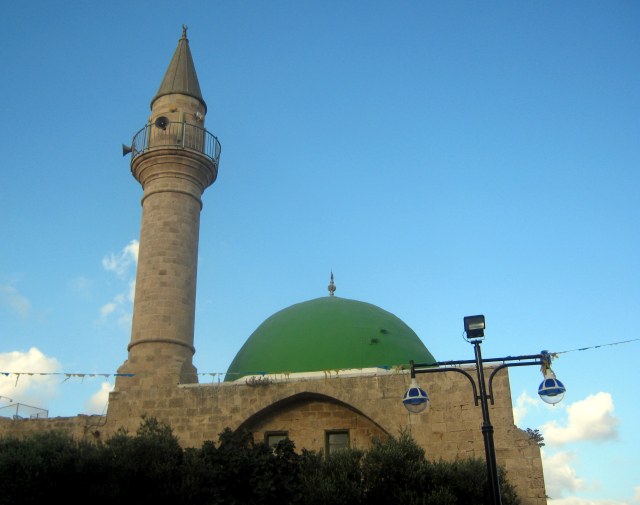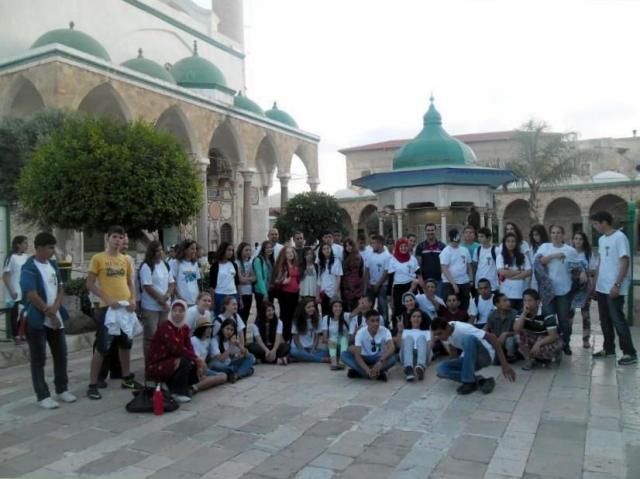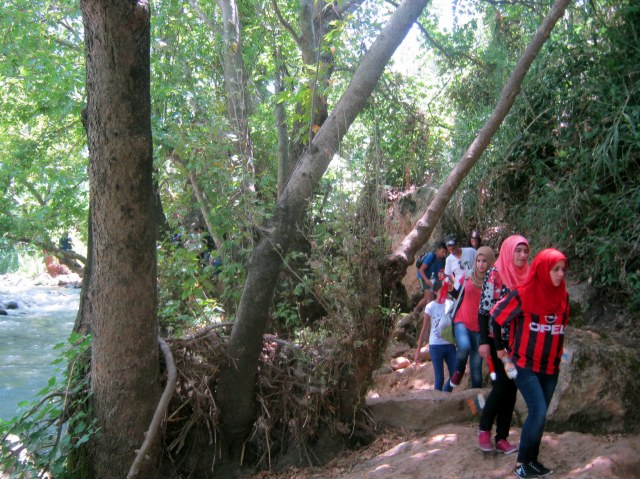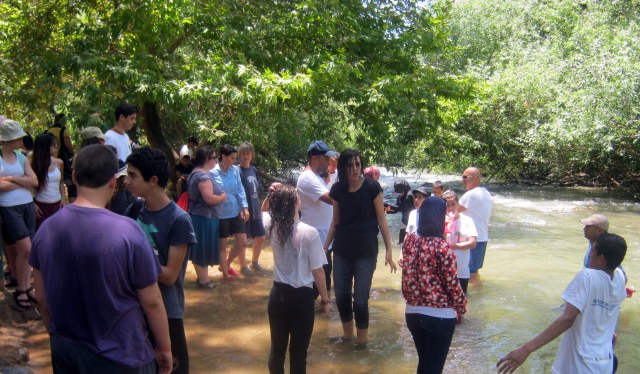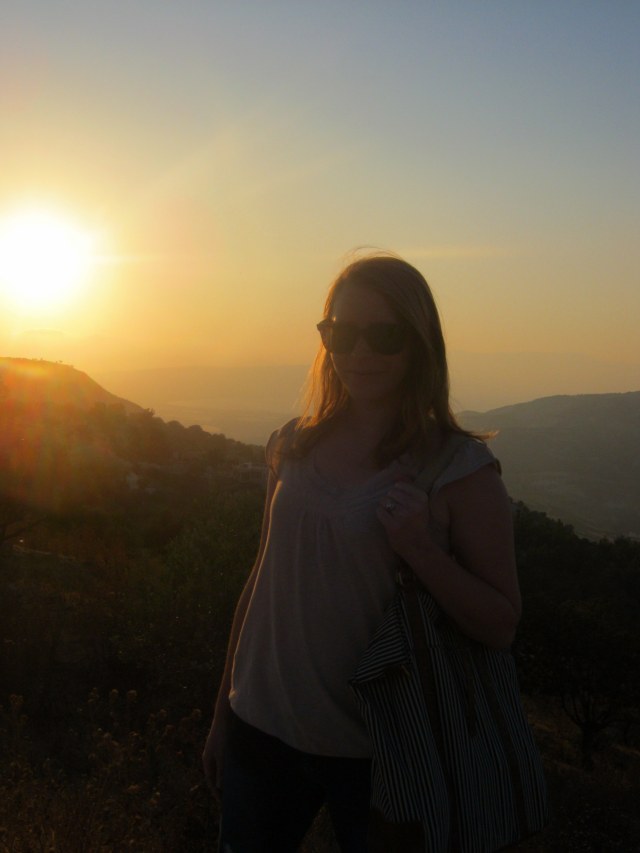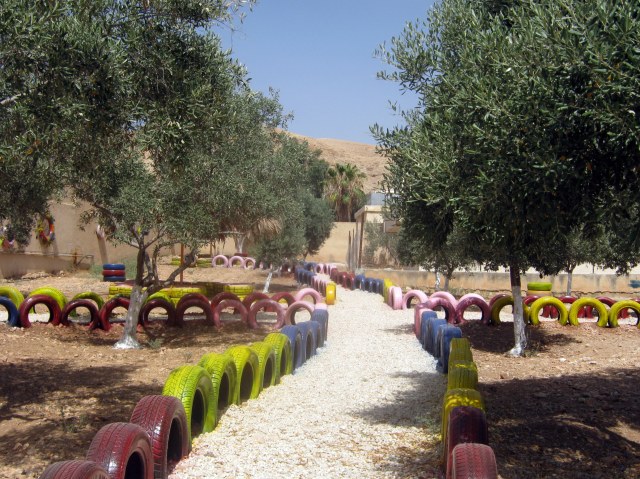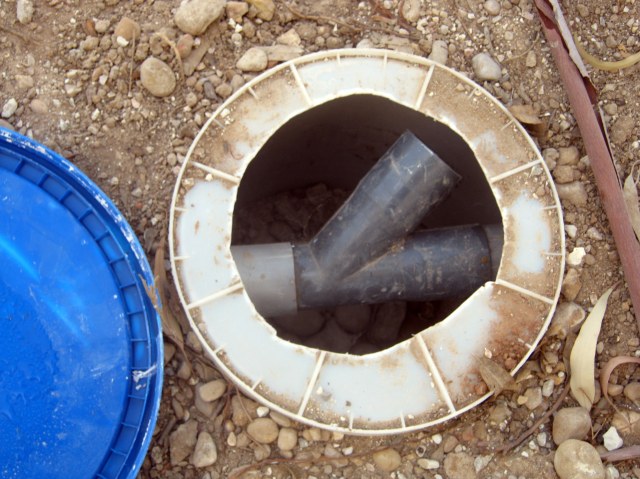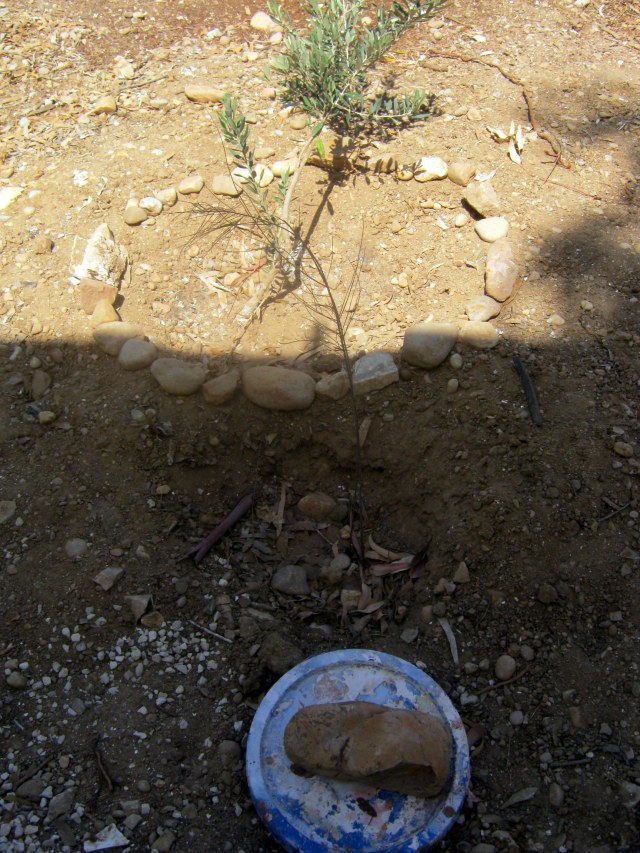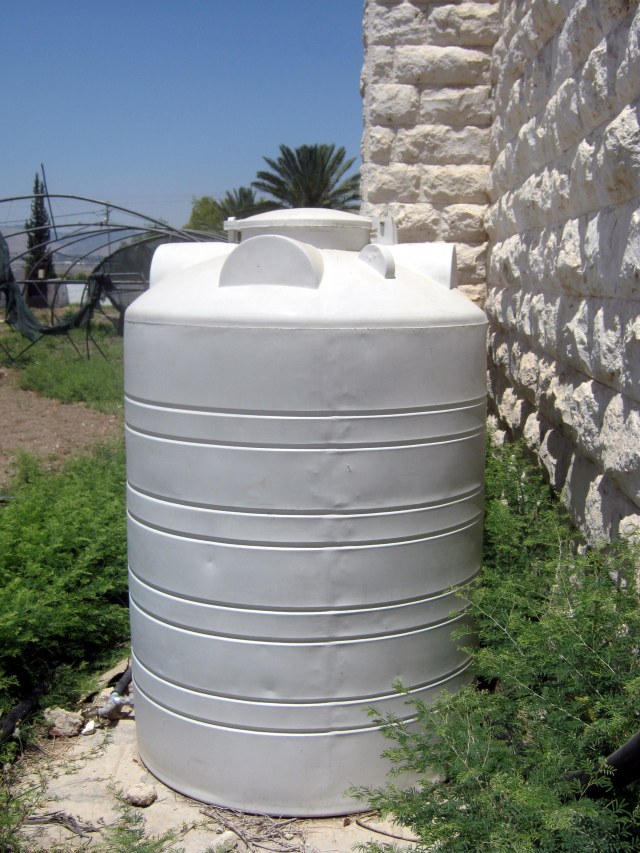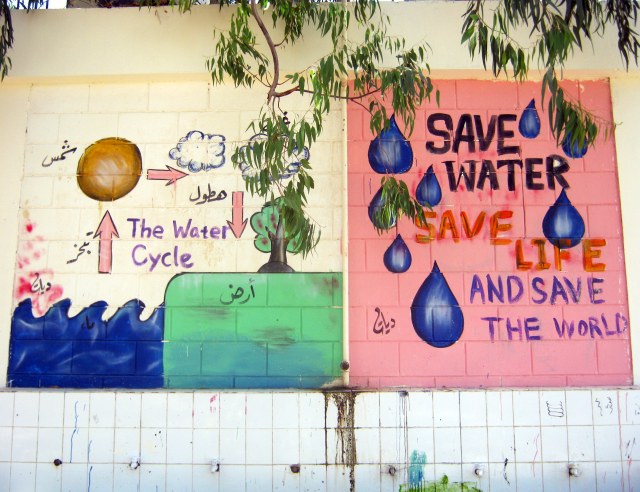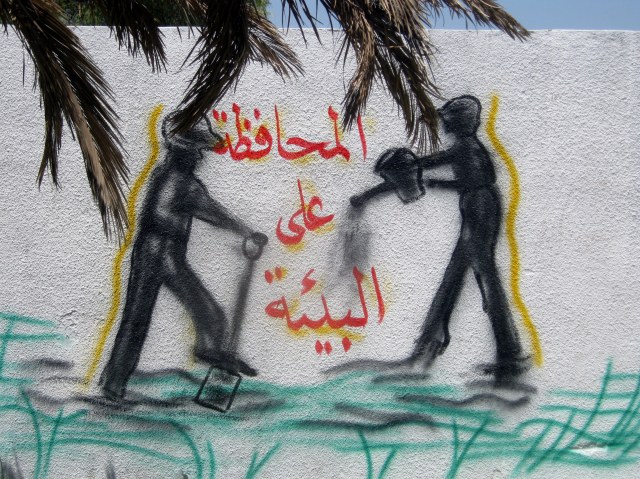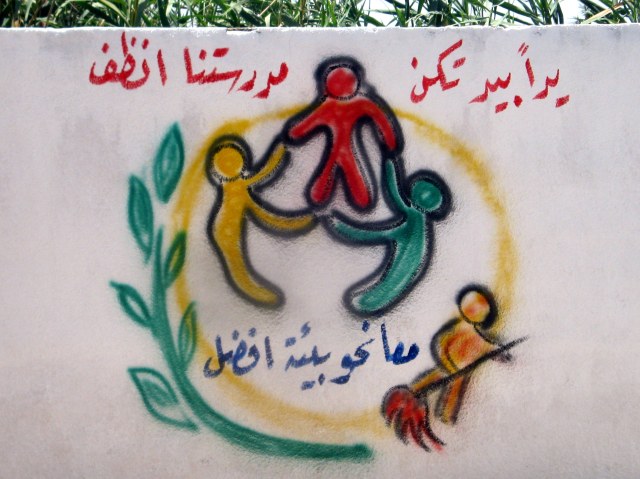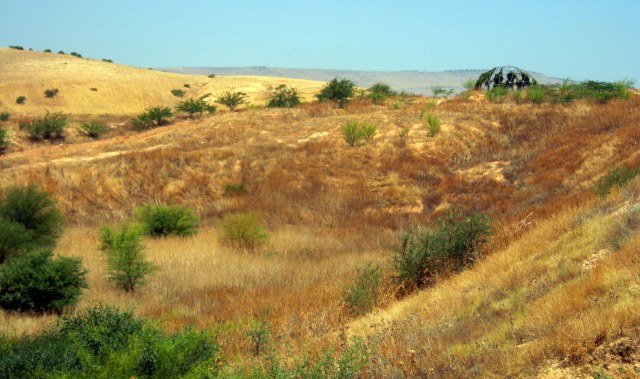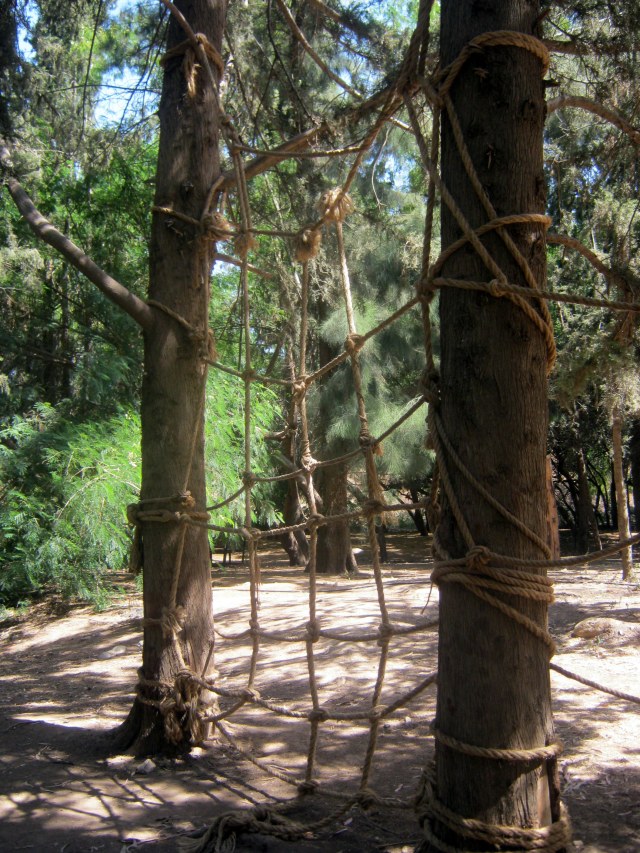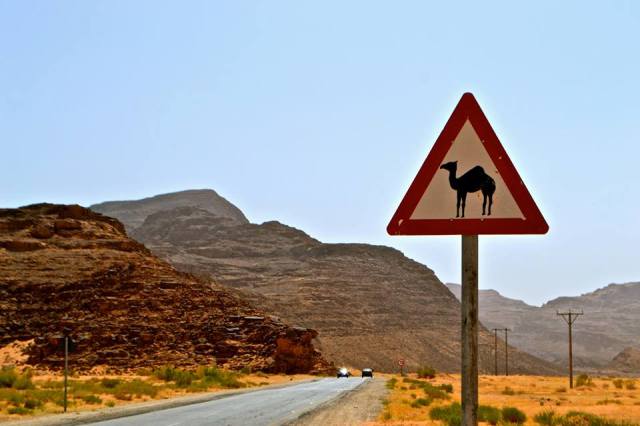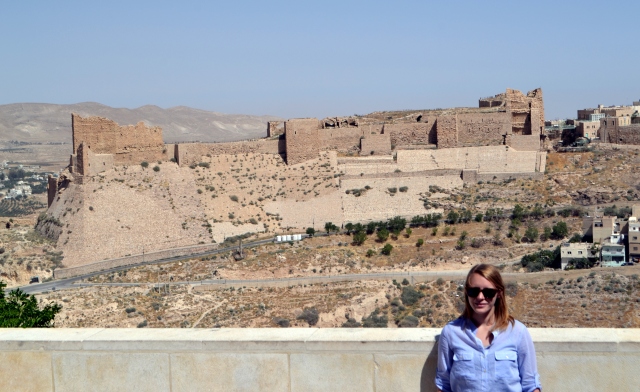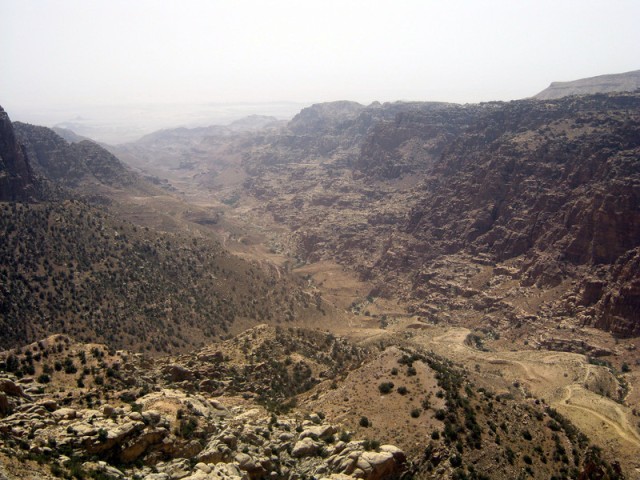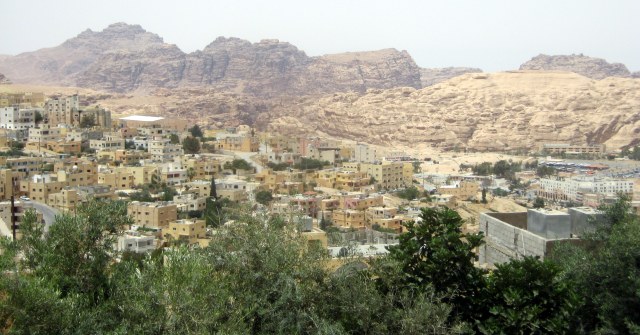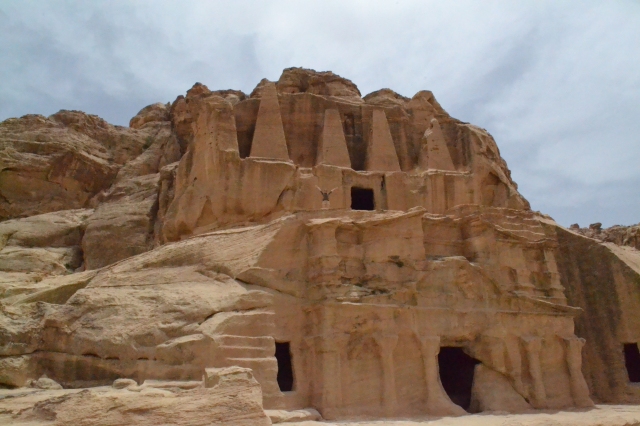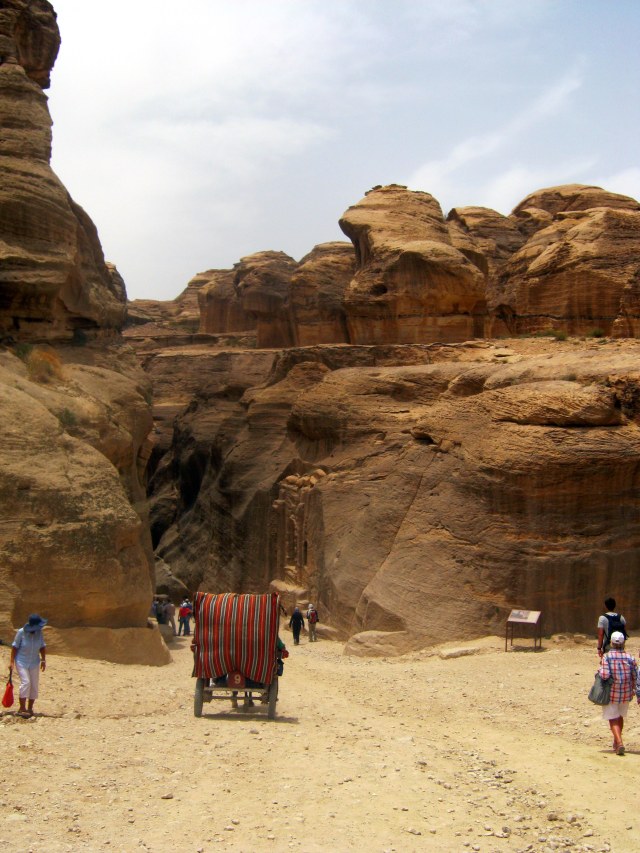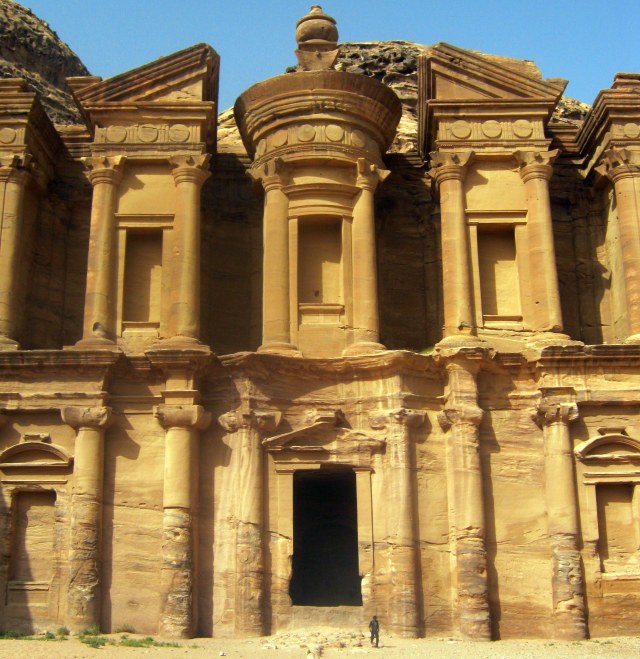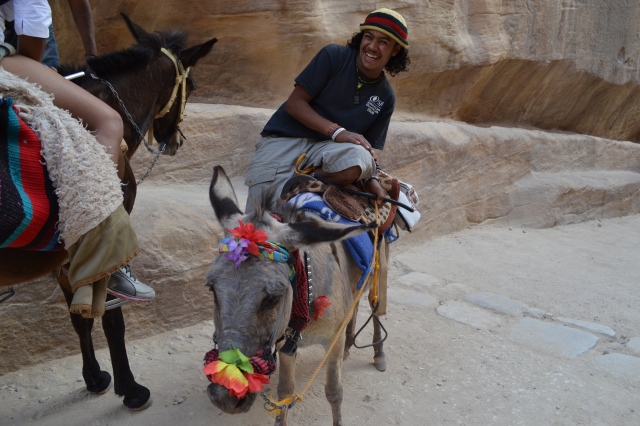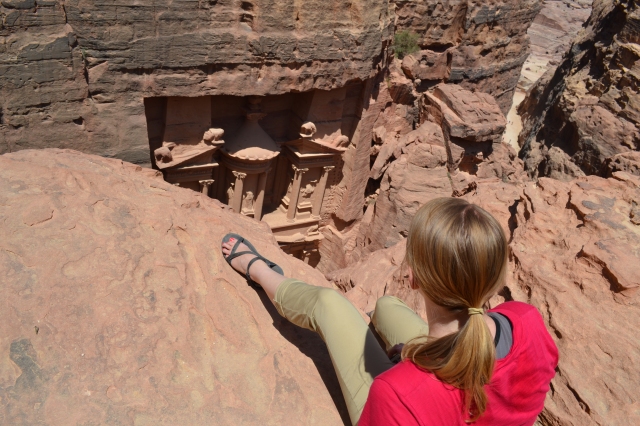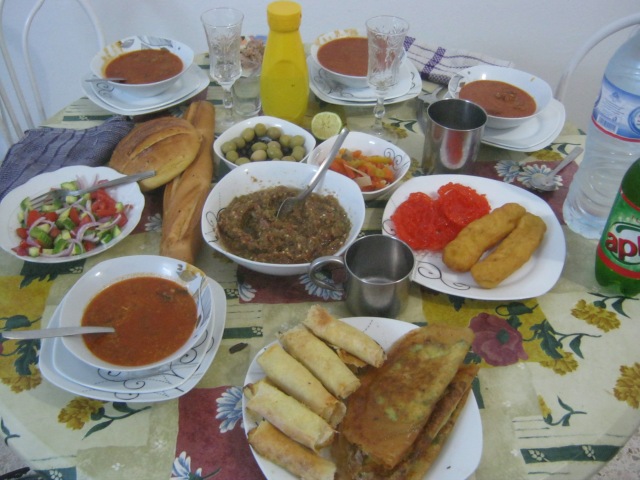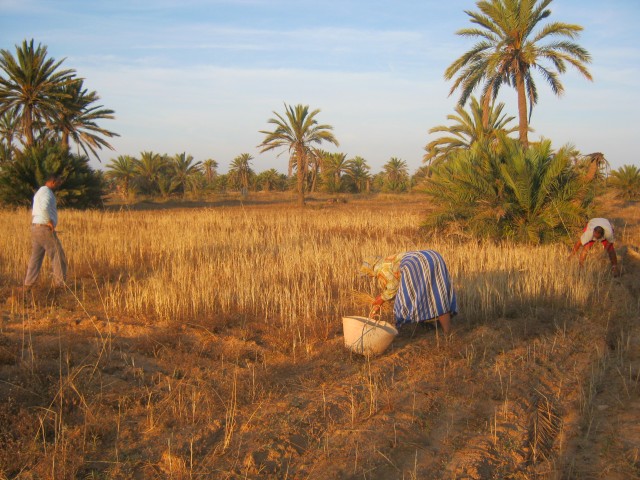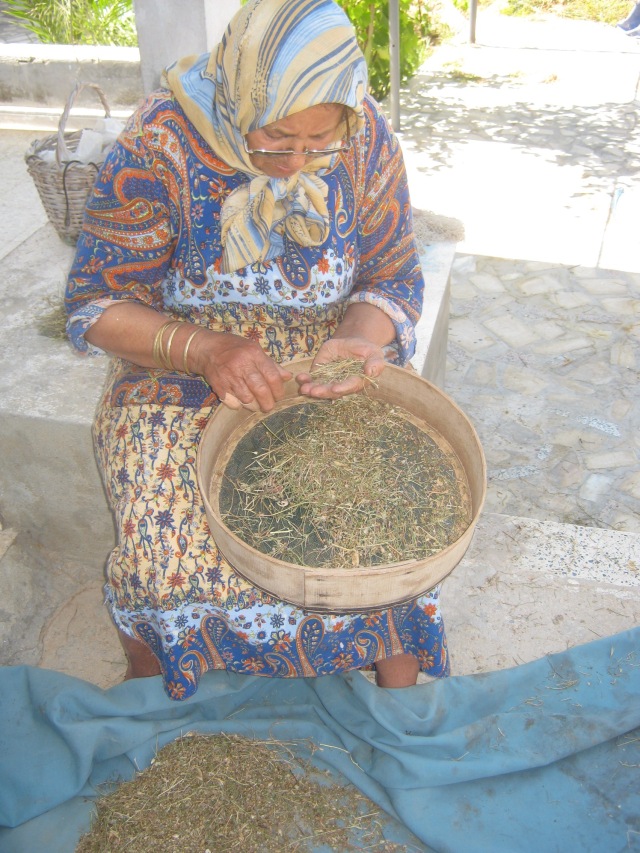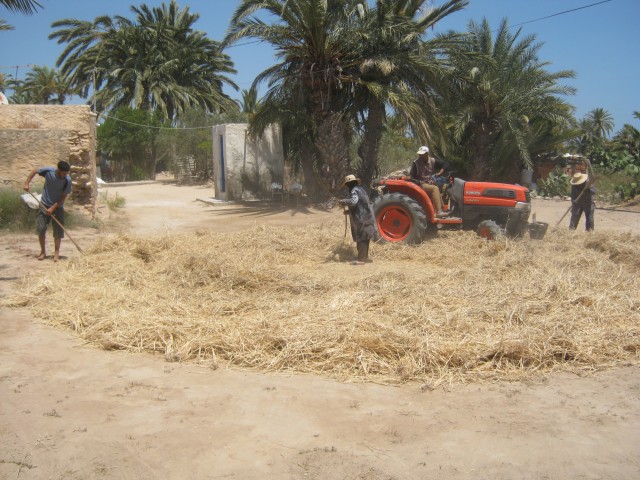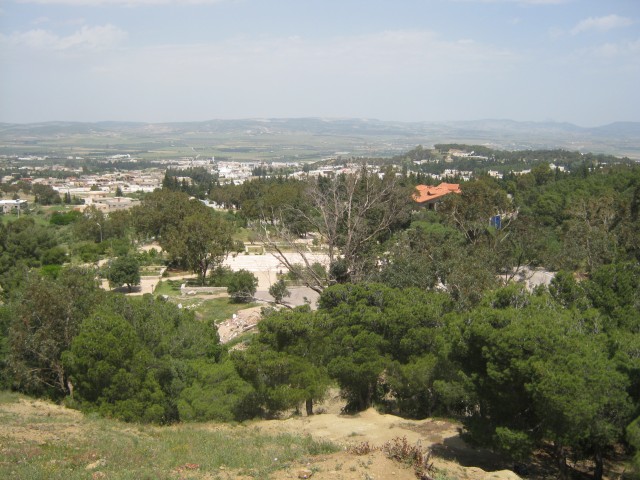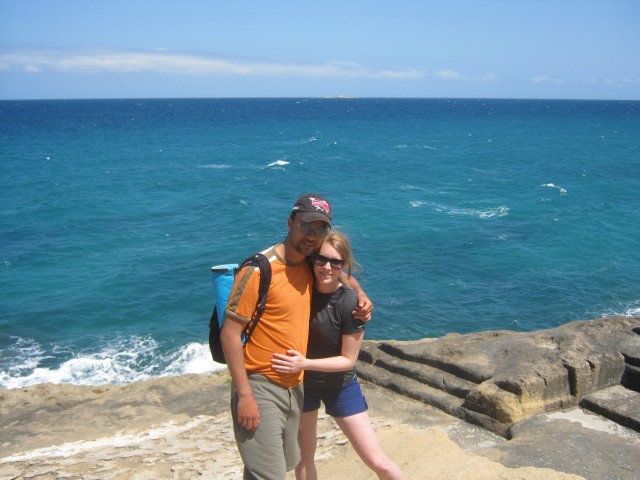As part of FoEME’s GWN youth program, yearly camps are organized that bring together youth from neighboring communities from Jordan, Palestine and Israel to learn about their shared environment. I was invited to participate in this year’s youth camp which was held in Alon Tavor Field School at the foot of Mount Tavor in the lower Galilee.
I arrived a day early with my colleague Lisa. Unfortunately we were the only representatives from Jordan this year because of difficulties in obtaining visas. We stayed with Lisa’s family in Nazareth, a city closely identified with Christianity as the home of Jesus and Mary. Her parents live in an apartment on top of the mountainside with a panoramic view of the old city and St. Gabriel Hotel, a former monastery that was converted into a hotel in 1993. I ended up spending four days with them in total, and true to Arab hospitality they graciously welcomed me into their home. More on that later!
Sunday morning we were driven to Alon Tavor Field School and assisted with camp arrivals. Everyone was asked to create a name tag using three languages (Hebrew, Arabic and English) and was given a T-shirt and water bottle. We met as a large group to discuss camp objectives and rules, and then broke off into five smaller groups in which participants chose between art, music, drama, eco-building and social media for building a “campaign”.
The second day workshops were held using these themes to build a joint message about water. I facilitated the social media workshop in which students learned how to create a Prezi presentation. Students were put in mixed groups of two or three and given a computer. Onething I like about Prezi is that multiple users can edit a presentation at once — this facilitated my tutorial because I was able to show them how to do something from my computer using the projector, and could then ask them to try on their own computers. After they had learned the basics, we set about designing the presentation with their chosen theme: SW = save water, stop war, same world. Each group was given a different task such as selecting a song, finding images, or creating a logo. They worked together to produce a Prezi, which was presented to the entire camp.
After our camp carnival, in which all groups presented their work, we departed for a tour of Akko, a historically important port city on the northwest coast of Israel. The city streets are a reminder of that past, with a stone caravanserai, fortress and walls that are still intact. We walked until we reached the harbor, where we embarked on a sailing trip. The choppy waters didn’t prevent a dance party from forming in the middle of the boat, complete with dabqe, gangnam style and the macarena.
Before saying our goodbyes on the last day of camp we traveled again by bus for a group hike in the Senir Stream Nature Reserve, the Senir Stream being the longest tributary of the Jordan River which originates from the Hasbani Springs in Lebanon. The hike tied everything together as the perfect ending to camp.
I was truly inspired to meet Palestinian and Israeli young people from across the region that are leading their communities in tackling environmental issues!

